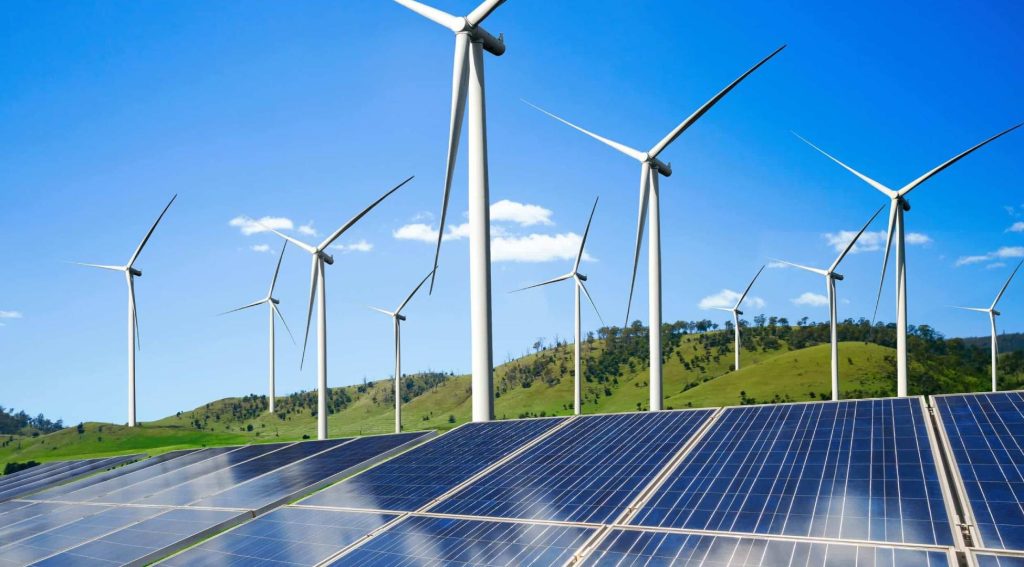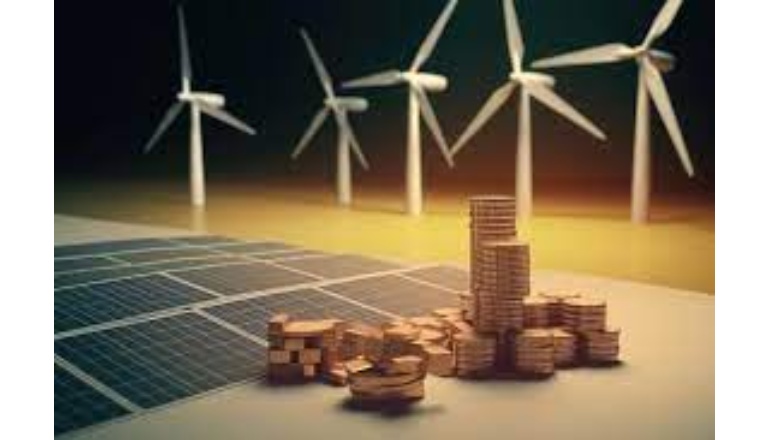According to Crisil Ratings research, India’s installed capacity of storage-backed RE, or renewable energy, is expected to rise from nearly zero in 2024–2025 to 25–30 gigawatts (GW) by the fiscal year 2027–2028.
Highlights:
The central government’s sustainability drive will drive over 20% of the total renewable energy capacity to be added over the next three years.
In an effort to make renewable energy a sustainable component of the nation’s power mix, the government is promoting these initiatives, the market research
firm said.
The emphasis is demonstrated by the large number of these projects in recent tender auctions, which account for about 25% (or 11 GW) of the total capacity allocated by central agencies through tenders in 2024 as opposed to 11% (or 2.5 GW) in 2023.
These projects require an average oversizing of 2.5 times contracted capacity due to their high energy demand. As a result, the pipeline’s total capacity has grown to almost 34 GW.
Challenges:
The report warned of potential delays in execution due to material challenges such as delayed land and evacuation infrastructure receipt and PPA closure.
Nevertheless, practically all of the capacity allocated through these contracts is either under development or in the early stages of construction, exposing them to project implementation risks.
These projects’ risks usually show themselves as delays in funding, execution, and offtake agreement acquisition. However, off-take and funding risks are modest, and we think these commissioning risks with material overruns would be low to moderate. Additionally, developers’ proactive attitude, particularly with regard to land and connectivity requirements, bodes well for minimizing construction risks.
Nearly half of the forthcoming capacity will have long-term power purchase agreements (PPAs) at set tariffs, reducing offtake risk significantly. The risk for the other half is higher due to their 55% higher tariffs compared to vanilla RE projects, potentially causing PPA signing delays, Crisil noted.
Solutions:
According to Crisil, the sporadic nature of RE generation can be effectively addressed by storage-backed RE projects. These initiatives, which include solar energy with energy storage, firm and dispatchable renewable energy, etc., improve grid stability by supplying power when needed. For example, these can supply green power during morning and evening peak hours or on a monthly or hourly basis.
The report predicts that funding availability won’t pose a significant challenge due to healthy cash flow generation potential and long-term revenue visibility through 25-year PPAs.
Strategic push:
Crisil pointed out the three strategies for green power projects to tie up PPAs. These include:
• The government’s push for a higher green power share in energy generation.
• Projects’ ability to meet higher energy requirements at tariffs.
• Increased renewable purchase obligations of discoms.
Lead note:
Ankush Tyagi, Associate Director, Crisil Ratings, said, “Finally, execution risks related to construction appear low to moderate. Based on our understanding from developers, nearly 70 percent of the awarded capacities in calendar year 2024 have either identified or secured the critical resources required—mainly land and grid connectivity—prior to bid participation. This will stand them in good stead.”













